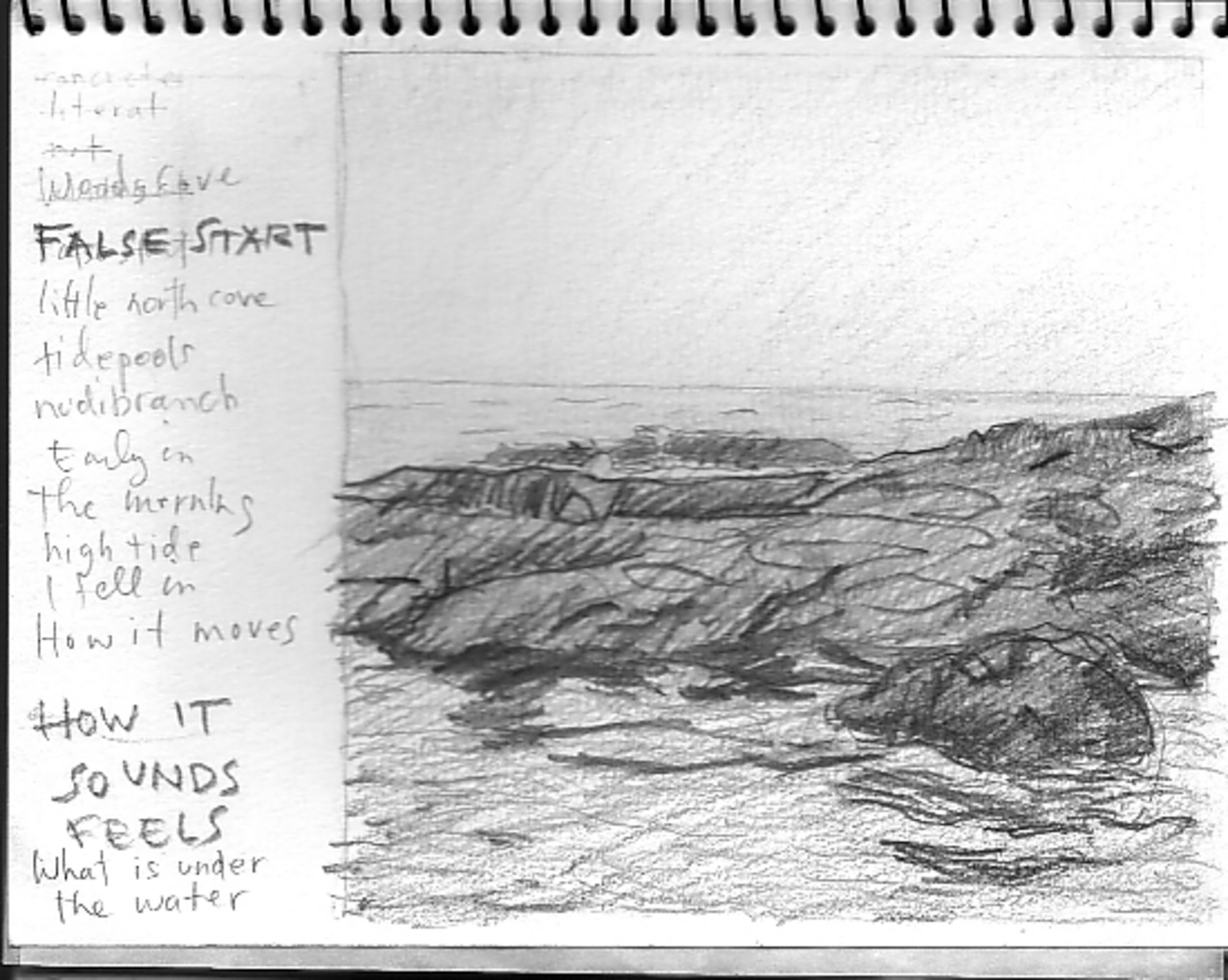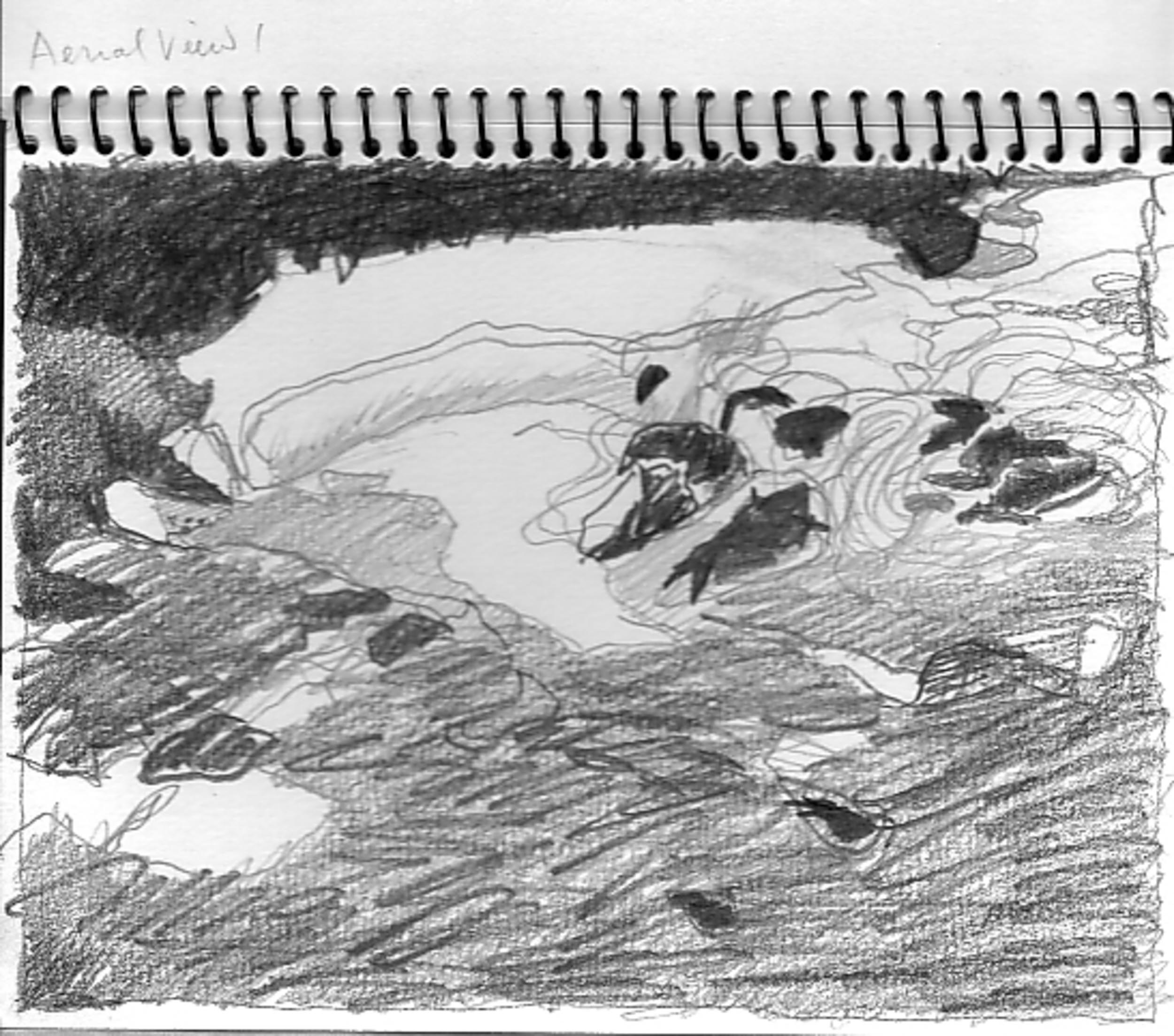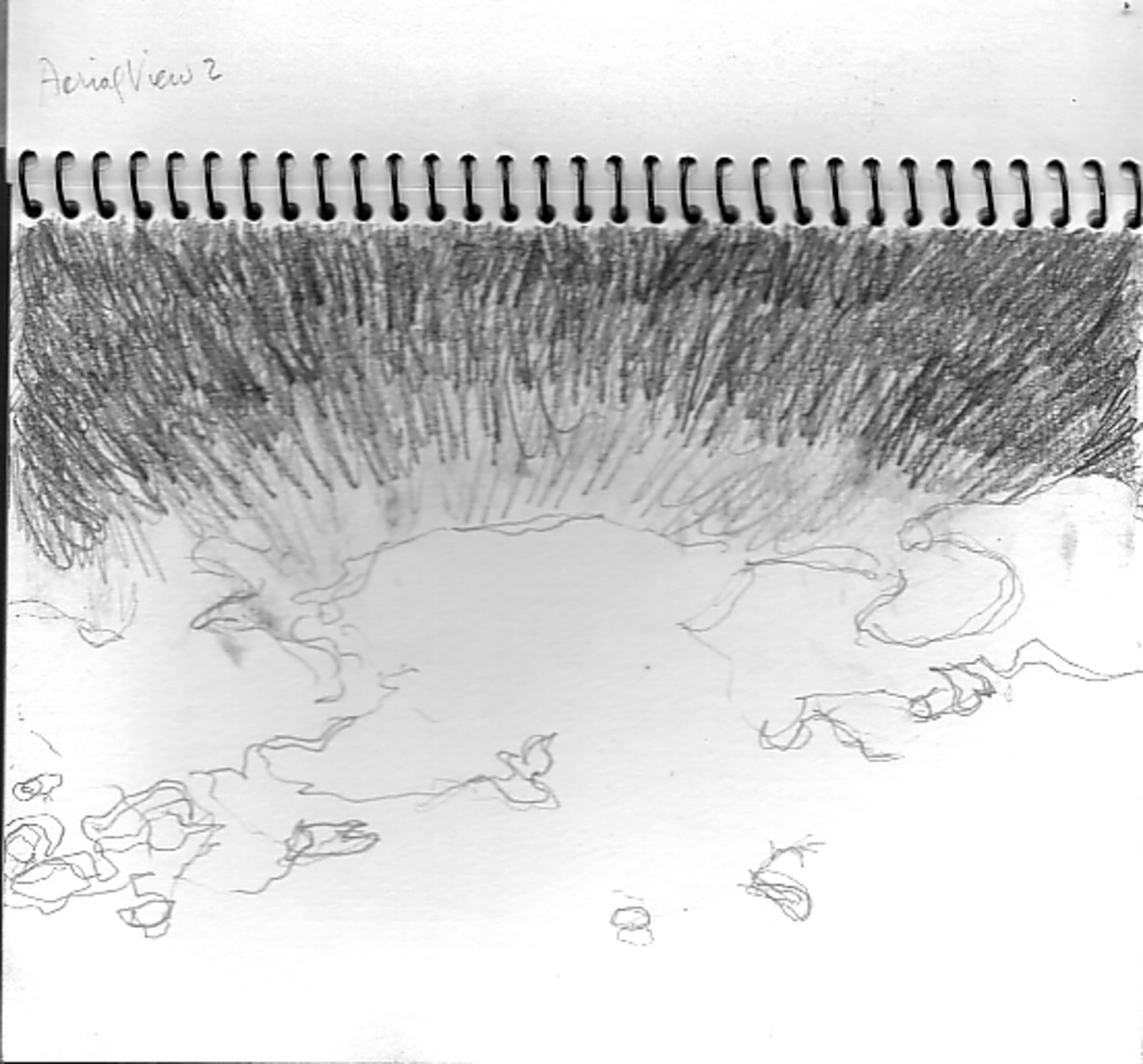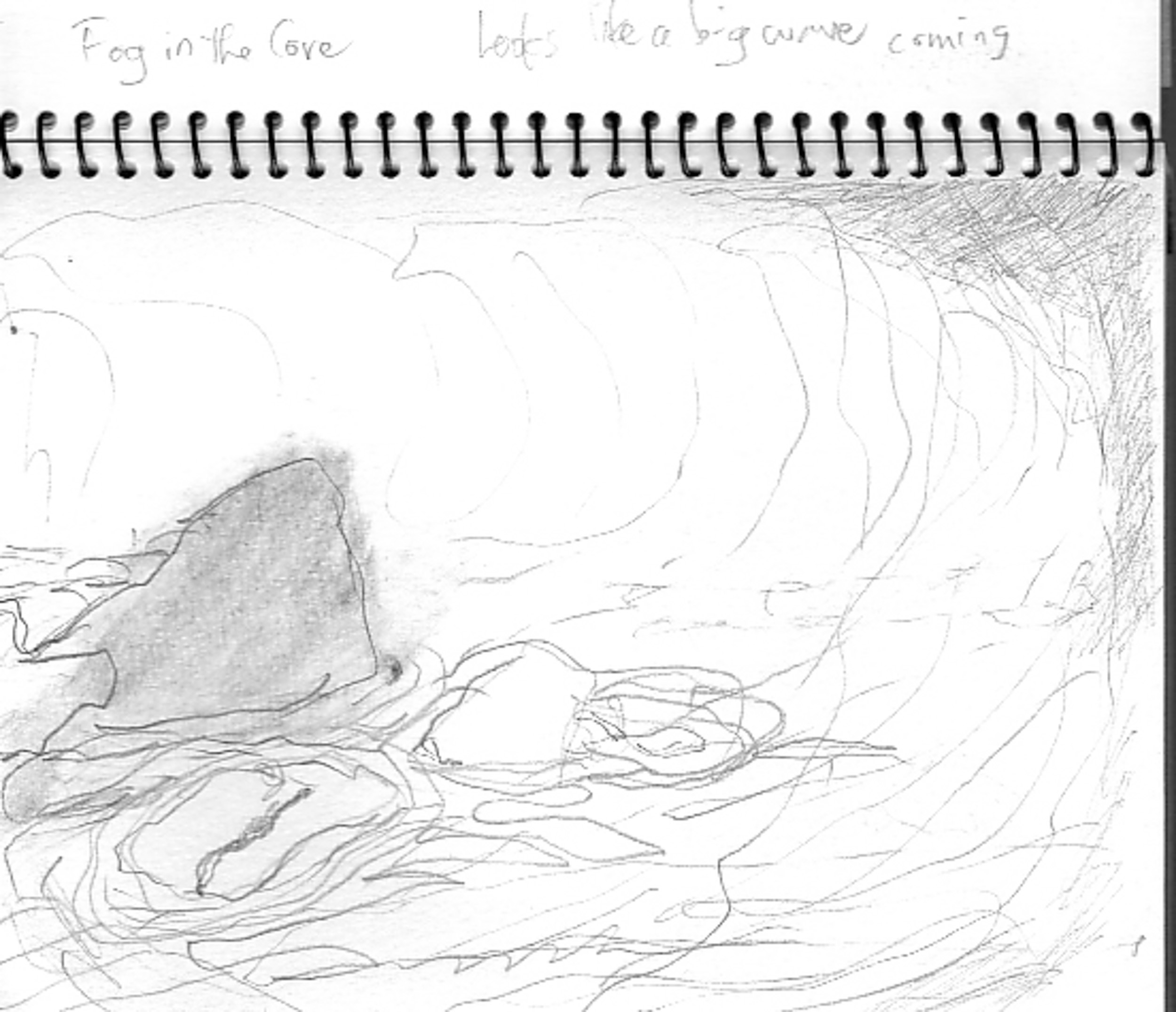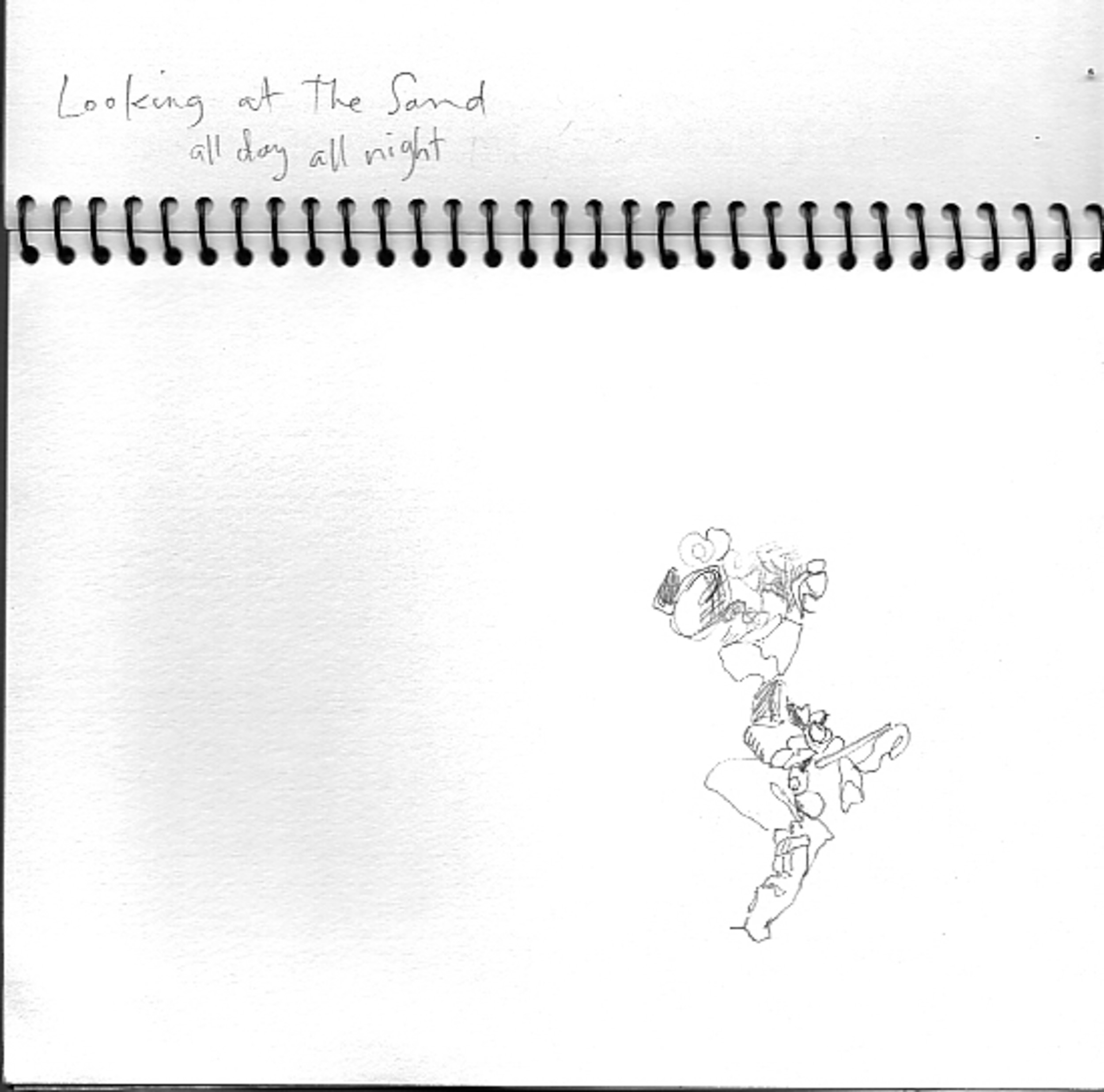Friends
You may have caught glimpses of my studio in Buellton, and dear honey, Greg Erickson, he’s got Greg Erickson Guitars next door, but Michael Roth and Craig Winchester make wine one door down, and they have most generously allowed me to show work at their tasting room in Los Alamos, California at Lo-Fi Wines. It is such a rare pleasure to be allowed this most congenial exposure. Their location, an easy on - easy off stop about halfway between San Francisco and Los Angeles on Highway 101 is so relaxed (Thursday - Sunday 11 to 7). Parking is a breeze. There are at least three, possibly four peak dining experiences to be had right nearby. This is not a snobby joint; they will let you pick the records. I like and appreciate them so much!
Roses are Red
RP 12-1, 2012, acrylic on canvas over panel, 60 cm (23 3/4 inches)
My valentine found this image of a human heart, some kind of scientific Illustration, pretty as a picture. It’s how I think about my little round painting RP 12-1. My heart goes out!
It’s also a red ruby. I love Jonathan Borofsky’s rubies, the way he draws them and the idea of them. The lit sculptures with songs in that huge installation he made at the Temporary Contemporary. It was so much fun to be in that space and time. But I digress.
RP 12-1 is part of an ongoing exhibition of paintings, drawings, and prints at LO-FI WINES, 448 “B” Bell Street, Los Alamos, CA 93440. They make nice valentines. 805-344-0179 Open Thursday – Sunday.
Happy Valentine’s Day. Hooray for see-through red!
Fog
Pencil drawings and digital reproductions of pencil drawings can be seen in person at Lo-fi Wines tasting room in Los Alamos, California. Visit http://lofi-wines.com/tasting-room/ for hours, address, and contact info. Visit https://www.travelandleisure.com/trip-ideas/what-to-do-in-los-alamos-california to learn more about “the best place to go wine tasting in California.”
Pencil Drawing
Drawing with pencils is something I can do all day and not get bored. This is a detail of a large pencil drawing I'm working on now. My goal to finish it by August 1.
Handmade in Buellton.
Heaven on Earth
Original artwork by Alexandra Yakutis, 2005-6, graphite on cotton printmaking paper, 42 x 92 inches. This image, in an edition of 50, is currently available as a framed 13 x 19 inch print at Lo-fi Wines in Los Alamos, CA. Reception for the artist July 21, 2018, 3 to 6 pm.
One time I got to stay in a beach house for four months. This is a drawing about swimming there, being close enough to be there day after day, and then challenging myself to a drawing contest to see if I could capture it night after night. It felt like heaven on earth to me. This is a picture of that.
All the rocks of Woods Cove have names. Together they make a beach that is like a gigantic saltwater aquarium. I find them endlessly fascinating. The full size pencil drawing is 42 x 92 inches, big enough to serve as a visual swimming pool in space. I've just made this image available as an edition print (13 x 19 inches).
The Alpha
Nude Descending A Staircase, No. 2 lives at the Philadelphia Museum of Art. They have No. 1 and No. 3 also. When I saw a tiny image of this painting for the first time, it communicated something important to me. That was in 1972, when I was nineteen. It has its own postage stamp now.
The US Stamp Gallery says this about it:
Nude Descending a Staircase, No. 2, by Marcel Duchamp
Marcel Duchamp, French Dada artist, whose small but controversial output exerted a strong influence on the development of 20th-century avant-garde art. Born on July 28, 1887, in Blainville, brother of the artist Raymond Duchamp-Villon and half brother of the painter Jacques Villon, Duchamp began to paint in 1908. After producing several canvases in the current mode of Fauvism, he turned toward experimentation and the avant-garde, producing his most famous work, Nude Descending a Staircase, No. 2 (Philadelphia Museum of Art) in 1912; portraying continuous movement through a chain of overlapping cubistic figures, the painting caused a furor at New York City\'s famous Armory Show in 1913.
He painted very little after 1915, although he continued until 1923 to work on his masterpiece, The Bride Stripped Bare by Her Bachelors, Even (1923, Philadelphia Museum of Art), an abstract work, also known as The Large Glass, composed in oil and wire on glass, that was enthusiastically received by the surrealists.
In sculpture, Duchamp pioneered two of the main innovations of the 20th century kinetic art and ready-made art. His "ready-mades" consisted simply of everyday objects, such as a urinal and a bottle rack. His Bicycle Wheel (1913, original lost; 3rd version, 1951, Museum of Modern Art, New York City), an early example of kinetic art, was mounted on a kitchen stool.
After his short creative period, Duchamp was content to let others develop the themes he had originated; his pervasive influence was crucial to the development of surrealism, Dada, and pop art.
Duchamp became an American citizen in 1955. He died in Paris on October 1, 1968.
I still can't explain in words what happened when I saw that little picture, but it made me feel fantastic, less lonely, more inspired. It was a beginning for me.
Walt Whitman (1819–1892). Leaves of Grass. 1900.
8. Beginning my Studies
BEGINNING my studies, the first step pleas’d me so much,
The mere fact, consciousness—these forms—the power of motion,
The least insect or animal—the senses—eyesight—love;
The first step, I say, aw’d me and pleas’d me so much,
I have hardly gone, and hardly wish’d to go, any farther,
But stop and loiter all the time, to sing it in extatic songs.
It's time to go to Philadelphia, and to read this book, Isabelle Fleuriet’s monograph The Grand Old Lady of Modern Art: Marcel Duchamp’s Nude Descending a Staircase.
Here's a write-up from Project Muse
Isabelle Fleuriet’s monograph The Grand Old Lady of Modern Art: Marcel Duchamp’s Nude Descending a Staircase deserves attention not only for its subject matter but also for the significance and achievement of the author writing this coherent and engaging text in English. The text we read is in its original form and, therefore, not a translation from an existing source; we can assume, of course that Fleuriet, a French art historian living in Paris, could produce an equivalent publication for the French reader with ease—but she hasn’t. So the decision to write and publish for Anglophone readers has a significance all of its own. Published under the imprimatur of Francis Naumann’s 57th Street Readymade Press, the collaboration between the French academic and the New York publisher comes together in a counterpoint with the story that Fleuriet unfolds. Duchamp’s painting, a misaligned byproduct of the tense interface between salon cubism and its Italian futurist rivals—which failed to find acceptance with either group—could nevertheless have only been painted (and then marginalized) at this particular juncture and time. Although the painting originated in pre-WWI Paris, its subsequent story, its rise in popularity and developing prominence from that time onwards is—for better or for worse—an American one. America made it famous, even eclipsing, at times, the name and standing of the artist himself. And so it is fitting that this book is primarily about the work and not about the artistic development of the man who made it. It is perhaps for this reason that Fleuriet’s narrative begins on March 18, 1912, when Duchamp removed his painting before the vernissage of the Indépendants exhibition, and not the day before when, already sensitive about his painting, he went to bizarre lengths to deliver it by boat, first unpinning the painting from its stretcher, rolling it up and then rowing it several kilometers to its destination. Notwithstanding, Fleuriet keeps to her self-appointed brief, and the solid accumulation of material is presented in a timely and methodical way. It makes a valuable contribution.
The success of Duchamp’s painting came at a price, however, for not only was the artist’s name obscured behind the notoriety of the work in the 1930s and early 1940s, but also the notoriety upon which it came to thrive occasioned a strange complacency about its status and standing. Its reputation, sporadically reinvigorated in news bulletins and puzzled reporting in the popular press, gradually elevated it to the status of a national treasure, competing for popularity and publicity at one point with celebrated strip-tease dancers as well as masterpieces by El Greco and Gainsborough. The New York Times put it on a par with the pyramids and the Empire State Building. Later on it would draw just enough xenophobic criticism from McCarthyite voices in Washington to sustain its radical credentials.
Meanwhile, in the very different environment of European painting, the French historian Robert Lebel began to prepare and eventually publish in 1959 his monograph Sur Marcel Duchamp, the first serious attempt to analyze the artist’s work in its entirety. This had the effect of pre-empting any attempts by [End Page 525] American historians who at this point, with all of Duchamp’s major works at their disposal in national collections, including, of course, the four versions of the famous Nude, had not put an estimation of the status of the artist who had come to stay with them into any historical or national context. When Duchamp’s first major retrospective took place in Pasadena, CA, in 1963, it was accompanied by the sensational razzmatazz of the septuagenarian artist outperforming a naked girl in a game of chess—a scenario that Duchamp was no doubt perfectly happy to go along with, but that also deflected attention away from a more complete understanding of his aims...
Marcel Duchamp and Eve Babitz at the opening of Marcel Duchamp: A Retrospective Exhibition, at the Pasadena Museum of Art in 1963. Photo: Julian Wasser. A whole other story.
Untitled
These images are of physical objects, handmade by an individual. You can't see how he put the paint down here. You can't sit in the room. To be surrounded by paintings like this can evoke hallucinatory retinal effects. When I saw them the first time I had to pinch myself.
http://www.lacma.org/art/exhibition/john-mclaughlin-paintings-total-abstraction
When I realized art by Agnes Martin and John McLaughlin represented something crucial for me I wondered how to arrive at an authentic response. It has taken a really long time!
Luncheon of the Boating Party
Glassware. That glassware. I could stare for hours at that glassware. When I was little I actually did. My mom had a big art history book, and this image was reproduced in it. I was too young to have experienced a hedonistic afternoon of wine and happy friends yet, so the narrative was lost on me, but how could the artist make see-through objects out of paint? There was no crayon named "clear" in my box.
It turns out this painting lives in Washington, DC. There's a whole exhibition around it at the Phillips Collection through January 7, 2018. It was painted by French impressionist Pierre-Auguste Renoir around 1882, the year my maternal grandmother was born.
http://www.phillipscollection.org/collection/boating-party
Time Capsule
Important early work. I've been wondering about some old experiments lately. I used to drive to Los Angeles for museum and gallery adventures much more often than I do now. A little blog still exists at https://yakutis.wordpress.com with brief clues and posted images. This painting, Actual Size by Ed Ruscha, still lives at LACMA where I saw it at age 9 or 10. My dad showed it to me. He thought it was clever and funny and got a big kick out of it.
Difficult Books
Hilma af Klint, Hilma af Klint From A Work on Flowers, Mosses and Lichen, July 2 1919 © Stiftelsen Hilma af Klints Verk/Photo: Moderna Museet, Albin Dahlström
I spotted The Perennial Philosophy in the hands of a reader at a table outside a coffee place in Goleta. When I googled it later I felt like I had found the holy grail. It's not like I've read it yet. I'm still on Chapter 1, "That Art Thou." I love my copy. I got it from Ed upstairs at the Book Loft in Solvang.
Harper & Brothers Publishers, New York and London, 1945
Beginning my Studies
BEGINNING my studies, the first step pleas’d me so much,
The mere fact, consciousness—these forms—the power of motion,
The least insect or animal—the senses—eyesight—love;
The first step, I say, aw’d me and pleas’d me so much,
I have hardly gone, and hardly wish’d to go, any farther,
But stop and loiter all the time, to sing it in extatic songs.
--Walt Whitman
For more on Hilma af Klint Moderna Museet is a good start. There's a good exhibition catalog called Painting the Unseen.
Sam Francis Grey 1954
Gaviota geology
Sale 2167
Post War and Contemporary Evening Sale
13 May 2009, New York
Sam Francis (1923-1994)
Grey
signed, titled and dated 'Sam Francis Grey 1954' (on the reverse)
oil on canvas
119 x 75¾ in. (302.3 x 192.4 cm.)
Painted in 1954.
Estimate USD 2,000,000 - USD 3,000,000
Price realised USD 3,666,500
Memento mori
Farewell Mary Virginia Noe Erickson, American, died May 4, 2017. Still a flirt and bosom friend to her dying day, Virginia was my mother-in-law and one tough cookie. I will miss her.
Dissolving a Landscape
Annie Yakutis went to college in the 70s and studied with California artists who revered non-objective painting for its compatibility with mystical traditions and eastern philosophy. A transfer to Seattle and the University of Washington required her to demonstrate proficiency in drawing and painting, and an emphasis on textile design there led her to make shrine-like assemblages which won her a travel fellowship from the Ford Foundation to explore connections between traditional Javanese textiles and the ceremonial objects of Bali Hindu. She was accepted to UCLA’s graduate program in Fiber Arts but soon realized that painting was her medium.
As a young painter she experimented with pure geometrical abstraction as well as rebus-like works on paper that combined pictograms and text, then returned to oil painting via portraits of coworkers at the banks and law firms of Los Angeles where she worked as a temp. There was a collage and journal making phase during a period of transition, and then she arrived at the Gaviota Coast.
Our wild shoreline and coastal river valley are so glorious! It was natural to focus on the landscape, and she did, for over a decade. Ultimately, though, it’s what we do not see that fascinates her most. How do we visualize that?






